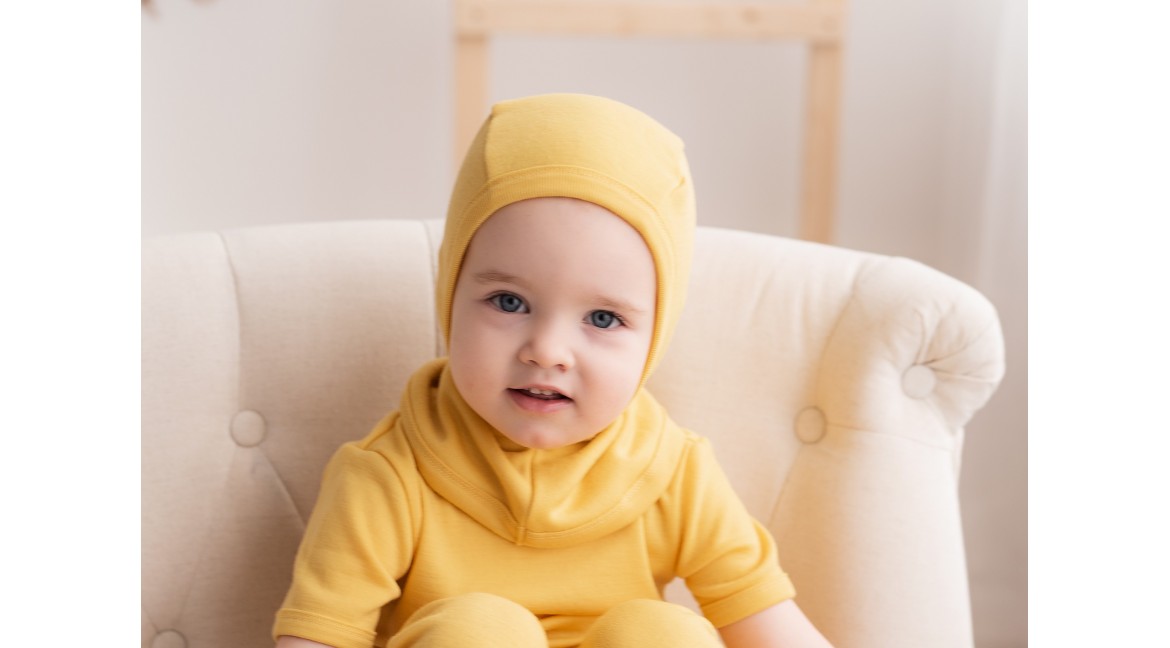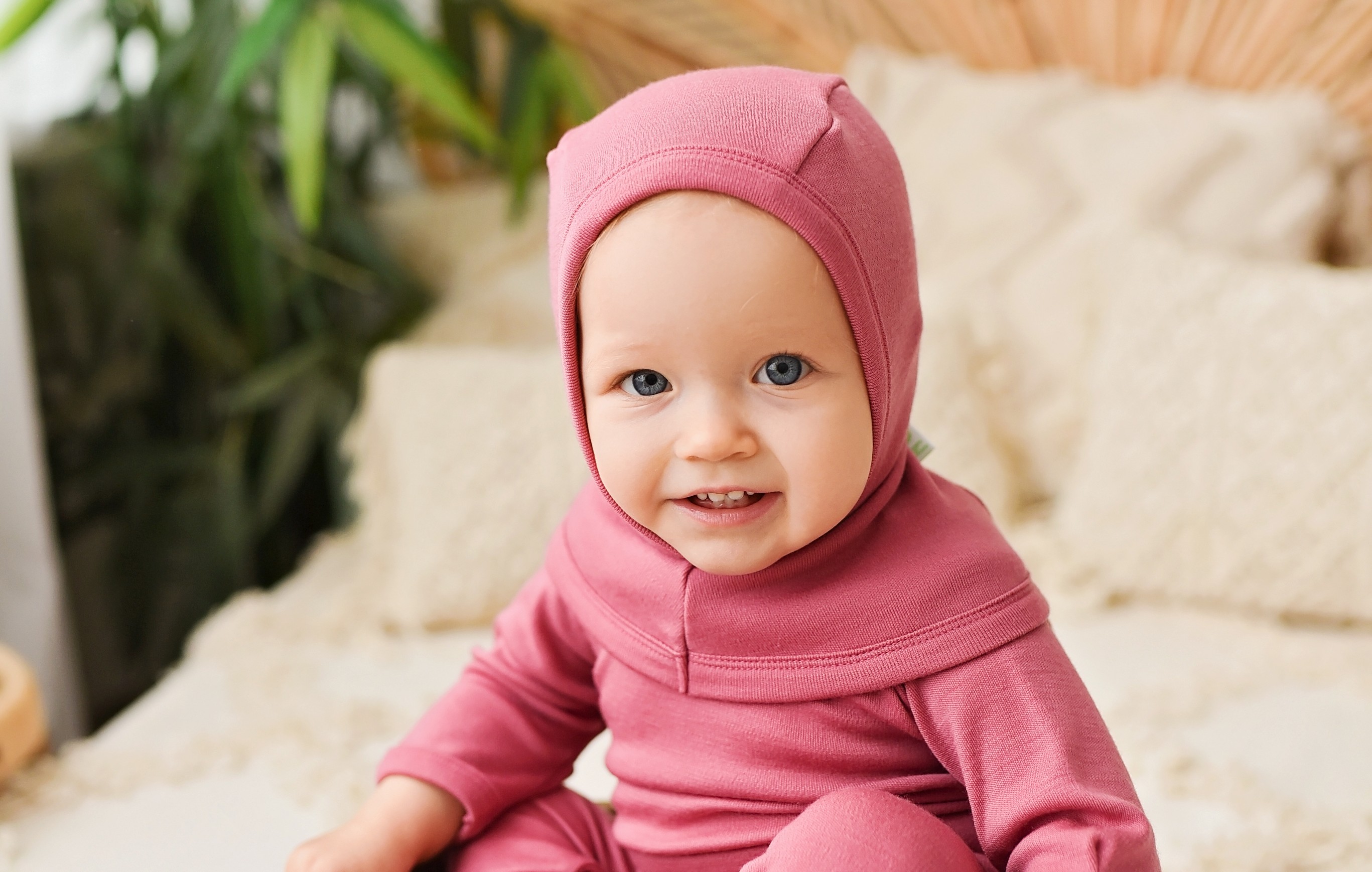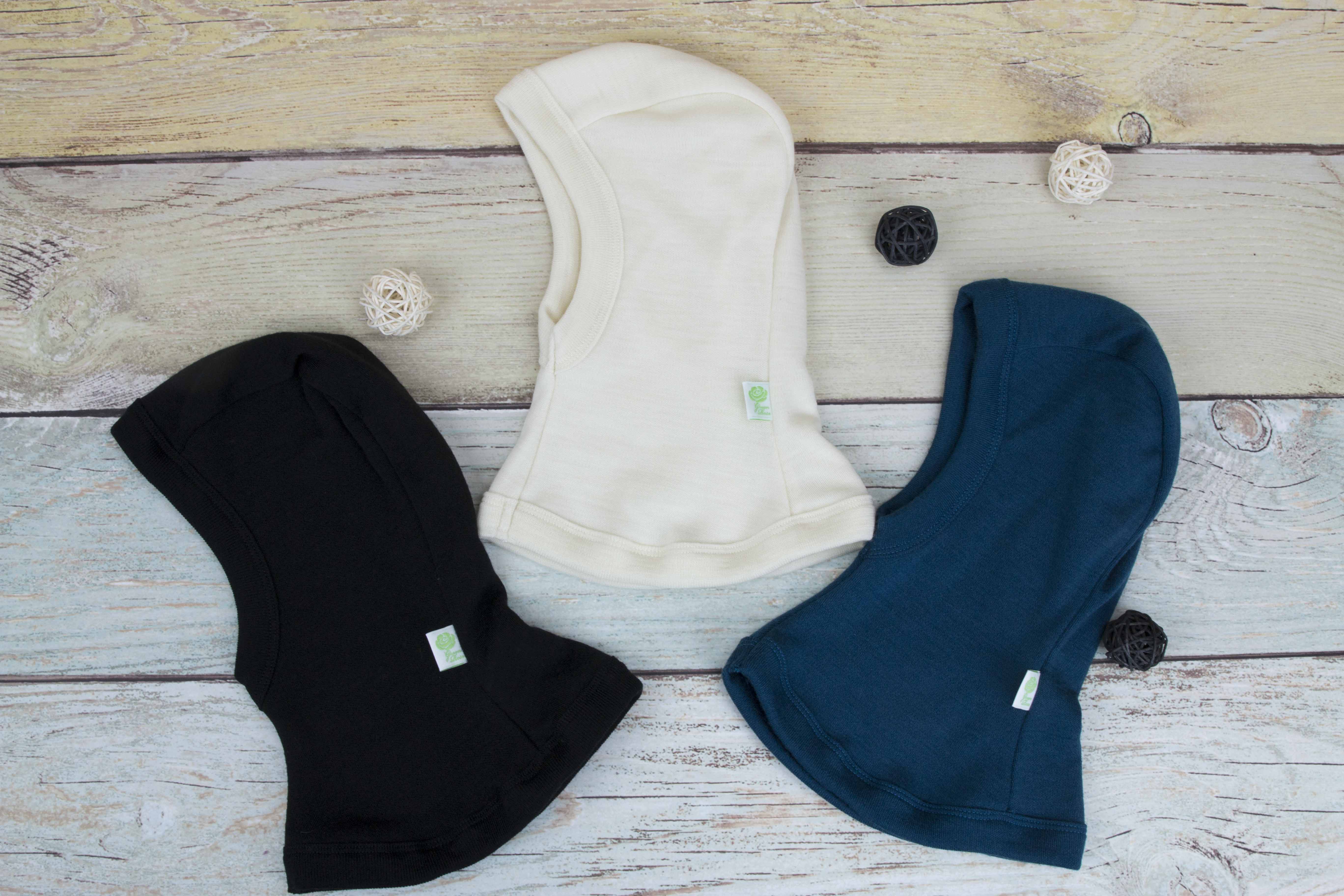
Balaclava hats for kids – how to choose the right one?
At the moment there are a lot of balaclava hats for kids on offer. Some of them are quite thick, others (such as woollen ones) are thinner. Some of them quite simple, while others are elaborately decorated. Which balaclava should you choose? What things should you pay attention to? And is it even worth getting one instead of a normal hat?
Balaclavas for kids – better than regular hats?
What makes balaclavas so convenient is that they serve a dual purpose – it’s a hat and a scarf in one. This single piece of clothing protects not only the child’s head but also the neck and the chest. It’s easy to put on and convenient for the child, the parent, and other caregivers.
A lot of winter hats come with strings and not every child is able to tie them. And the hats that don’t have strings often end up falling off when a child is active or sliding up and exposing the ears.
Balaclavas do not have strings and do not slide up. The lower part of it not only acts as a scarf but also ensures that there are no gaps left for the cold or the wind to sneak through.
Kids can feel more independent wearing a balaclava, it does not require adult help to put it on or fiddling with strings and scarfs.
Variety of balaclavas
If you want a warm and comfortable balaclava for your child, our main advice is – do not choose based on the looks alone. Based on my personal observations, often decorative parts of a balaclava (such as big bobbles, bunny ears, etc) can get in the way and make it less comfortable for the child. If you are looking for a balaclava with those kinds of decorations, that’s definitely something to pay attention to.

Which balaclavas are better, knitted or sewn? Balaclavas made from fabric can be denser, warmer, and more windproof. If you choose a knitted balaclava, there’s a higher chance that when the wind blows, it’s going to go all the way through and make the head cold. Pay attention to how densely knitted the balaclava is or perhaps if it has more than one layer. Two layers are better for wind-resistance and maintaining warmth.
Merino wool balaclavas for kids
There’s no surprise that here at GREEN ROSE we are in love with merino wool and thus we would definitely recommend merino wool balaclavas for kids. Why?
- ✔ Merino wool maintains an optimal head temperature;
- ✔ Even if the child is very active, merino wool absorbs moisture, keeps the fabric feeling dry, and continues to maintain an optimal temperature;
- ✔ Naturally breathable and moisture-wicking;
- ✔ Merino wool is smell resistant;
- ✔ The child is warm, cosy, and comfortable.
All of these qualities of merino wool reveal themselves when it’s worn right next to the skin, or in this case, the head. You might encounter some balaclavas that sellers call merino wool balaclavas, but in reality, only one layer is made from merino wool. In this case, choose the balaclavas where the inner layer is made from merino wool and not the other way round (a balaclava that contains cotton inside and merino wool on the outside would be more accurately called a cotton balaclava).
Non-knitted merino wool that is nowadays used for thermal clothes is best worn next to the skin to benefit from its special qualities.
GREEN ROSE 100% merino wool double-layer balaclavas for kids
We would also like to draw your attention to the fact that not all products that bear ‘merino wool’ in their name are actually made from 100% merino wool. Thus, if you would like to get an actual merino wool balaclava without synthetic additives, make sure to look into the fabric composition.
Balaclava sizes
How to choose the right size of balaclava? This will of course depend on the child, you don’t want it to be too tight, but at the same time, you don’t want the top edge to be too loose. So how do you check that the fit is right?
When you put the balaclava on, it should be close fitting around the face, but at the same time you should be able to insert 1-2 fingers at the top of the head, cheeks, under the chin. If that’s difficult, the balaclava is too small and can end up uncomfortably rubbing the child’s face.
When you are choosing the size, we recommend paying attention to the seller’s information about head circumference. Children’s heads can vary in size a lot even if their age is the same, thus age indication with the sizes is just a rough estimate.

GREEN ROSE balaclava
GREEN ROSE merino wool balaclavas
Green Rose offers two types of balaclavas for children.
75% merino wool and 25% silk. This balaclava is thinner and cooler. It’s more suited for spring, early autumn or colder summer days when a child needs a hat. Recommended temperature is from +8 up to +15 degrees.
100% merino wool two-layer balaclava. These balaclavas are thicker and warmer. They are great for later autumn, winter, and early spring. Recommended temperature is from +8 down to -15 degrees.
However, we always recommend monitoring the weather conditions and your child’s comfort levels.
If there’s a strong cold wind blowing, we recommend putting on a hood (not so much for warmth but for stopping the wind).
100% merino wool balaclavas have been tested even at -25 degrees C in Finland, but it was sunny and there was no wind. However, if it’s damp and windy, then even -10 will feel very cold.
Or to put it into other words, pay attention not only to the actual air temperature but also to the perceived temperature.

In this article we tried to answer the most commonly asked questions about kids’ balaclavas, we hope that this will help you to choose the right balaclava for your child.
Have you tried GREEN ROSE merino wool balaclavas? Share in the comments below! We would also be keen to know what kind of things YOU pay attention to when choosing balaclavas for kids?
.png)
